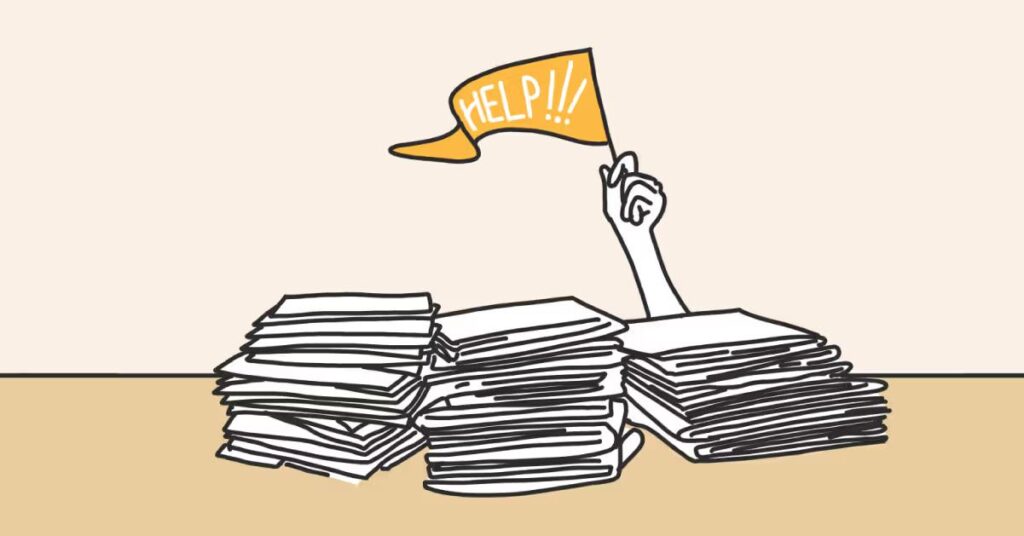In the intricate tapestry of modern work culture, the looming threat of burnout poses a significant challenge for both employees and organizations. As guardians of their teams, leaders assume a crucial role in cultivating a workplace atmosphere that acknowledges the roots of burnout and proactively averts its occurrence.
Understanding the Multifaceted Origins of Burnout
Burnout is a pervasive issue that transcends mere workplace stress. It manifests as a chronic state of physical and emotional exhaustion stemming from prolonged exposure to a myriad of work-related stressors. These stressors often include an overwhelming workload, a lack of autonomy, insufficient rewards, and an absence of a supportive community. When these factors persist, they erode employees’ mental and emotional resilience, leading to feelings of detachment, diminished performance, and a pervasive sense of inefficacy.
It is crucial for leaders to recognize that burnout is not solely the result of individual shortcomings but often emerges from systemic issues within the organizational framework. A comprehensive approach to burnout prevention requires leaders to address individual and systemic factors.
Why Burnout Prevention is a Leadership Imperative
Leadership goes beyond task management; it involves cultivating a workplace culture that values the well-being of its members. Prioritizing burnout prevention is not merely an act of empathy but a strategic necessity. Here’s why burnout prevention should be a cornerstone of leadership philosophy:
1. Enhanced Productivity and Performance: Burnout invariably leads to decreased productivity and suboptimal performance. Leaders prioritizing burnout prevention create an environment where employees can consistently deliver their best work.
Google’s policy of allocating “20% time” empowers its workforce to dedicate a fifth of their working hours to self-selected projects. This initiative has prevented burnout by fostering creativity and led to groundbreaking innovations like Gmail and Google Maps.
2. Retention and Talent Attraction: Organizations known for their commitment to employee well-being are magnets for top talent. By actively preventing burnout, leaders contribute to a workplace culture that retains valuable employees and attracts new, skilled professionals.
A study by Glassdoor found that 57% of people consider benefits and perks as a top factor in accepting a job offer. Companies that prioritize employee well-being and burnout prevention become employers of choice in the competitive talent landscape.
3. Positive Organizational Culture: A workplace free from burnout is characterized by a positive culture that fosters innovation, collaboration, and open communication. Leaders prioritizing burnout prevention set the stage for a resilient and vibrant organizational ethos that stands the test of time.
Patagonia, a company specializing in outdoor apparel and equipment, embodies a constructive organizational culture. With initiatives like on-site child care and flexible schedules, the company promotes work-life balance, contributing to a dedicated and motivated workforce.

Strategies for Burnout Prevention: A Deep Dive
1. Promoting Work-Life Balance:
– Establish clear expectations regarding work hours and overtime.
– Promote a culture that supports employees in taking breaks and making the most of their vacation time.
– Discourage a culture of constant availability, promoting the importance of downtime.
Microsoft Japan implemented a “4-day work week” experiment, resulting in a 40% increase in productivity. This exemplifies how rethinking traditional work structures can contribute to better work-life balance.
2. Regular Check-Ins and Feedback:
– Schedule regular one-on-one check-ins to discuss workload, challenges, and career goals.
– Provide constructive feedback and acknowledgment of achievements.
– Establish a secure environment encouraging employees to voice their concerns and provide feedback openly.
Salesforce, a cloud-based software company, conducts regular check-ins known as “Ohana” meetings, cultivating an atmosphere of transparent dialogue and reciprocal assistance between team members and leadership.
3. Training on Stress Management:
– Offer comprehensive training programs on stress management techniques.
– Equip employees with tools such as mindfulness practices, time management skills, and resilience-building strategies.
– Foster a culture where continuous learning and skill development are valued.
Adobe offers mindfulness and stress reduction programs for its employees, recognizing the importance of equipping them with tools to navigate stress and enhance overall well-being.
4. Flexible Work Arrangements:
– Introduce adaptable work alternatives, such as telecommuting or versatile timetables.
– Empower employees with a sense of autonomy and control over their work environment.
– Consider job-sharing or compressed workweeks to accommodate diverse needs.
X (Ex-Twitter) announced a permanent work-from-home option for its employees, emphasizing its commitment to flexibility and recognizing its diverse needs and preferences.
5. Encourage a Supportive Culture:
– Establish an open-door policy, ensuring accessibility for employees to discuss concerns.
– Actively address issues and concerns promptly, demonstrating a commitment to support.
– Cultivate an environment of collaboration and inclusivity, valuing a rich tapestry of differences and acknowledging each person’s distinct and valuable input.
Zappos, a digital retailer specializing in footwear and apparel, places significant emphasis on fostering a distinctive corporate culture. The CEO, Tony Hsieh, believes in fostering a positive and supportive workplace, creating an environment where employees feel valued and engaged.
6. Recognition and Rewards:
– Consistently recognize and commemorate the achievements of both individuals and teams.
– Implement a structured recognition program that highlights achievements.
– Ensure the incentives match the organization’s values and individual contributions.
LinkedIn’s “InDay” program allows employees to take a day off from their regular work to focus on personal development or innovative projects. This initiative fosters a culture of recognition and personal growth.
In the dynamic landscape of modern leadership, preventing burnout is not a mere checkbox on a to-do list; it is a holistic and ongoing commitment to building resilience within the organizational fabric. By understanding the nuanced origins of burnout, recognizing its impact on organizational success, and implementing a multifaceted approach to prevention, leaders become architects of workplaces where individuals thrive, teams flourish, and long-term success is not just a vision but a tangible reality. In pursuing sustained excellence, addressing burnout isn’t just leadership; it’s a testament to visionary and compassionate leadership.



